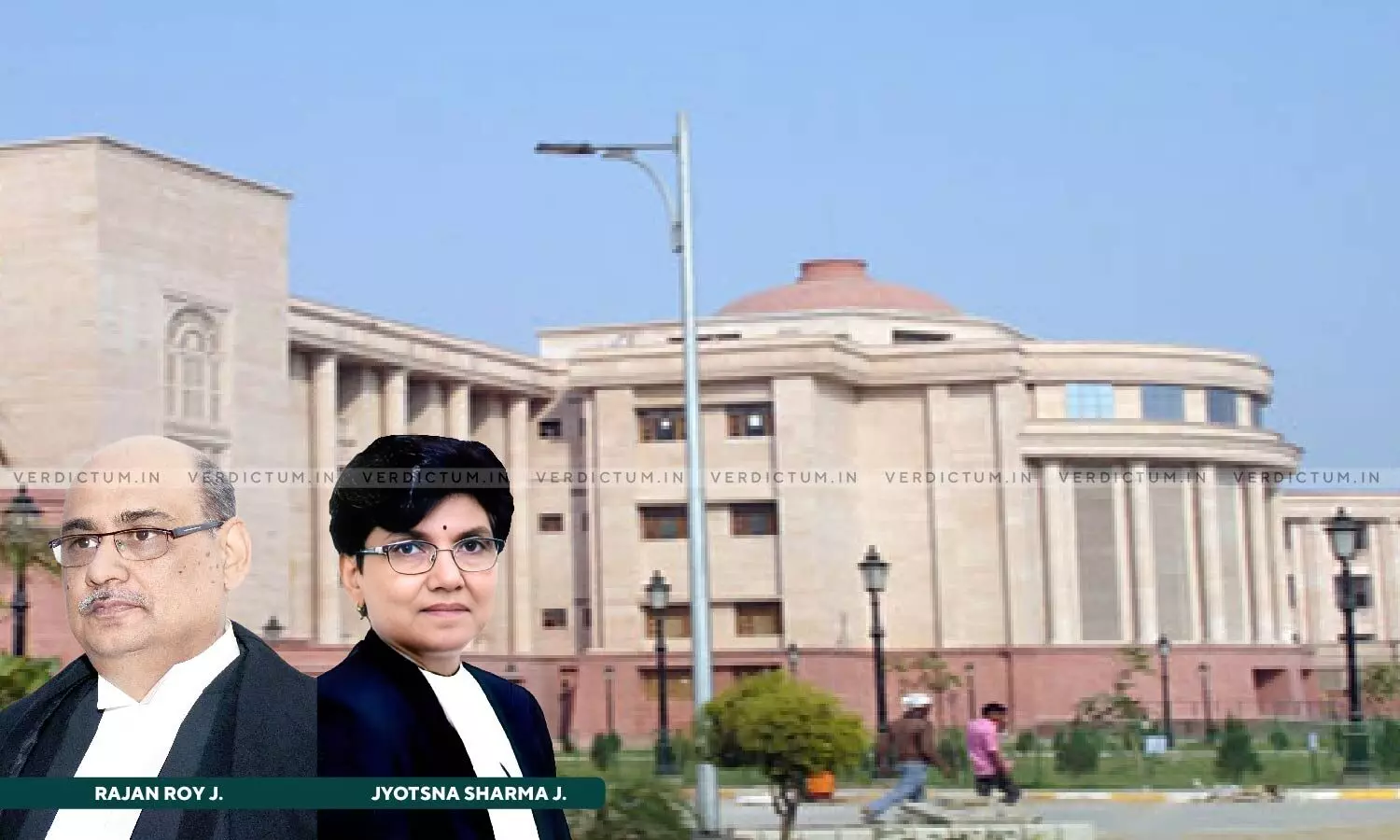
Single Injury Caused By Throwing A Piece Of Brick Is Not An 'Injury Likely To Cause Death': Allahabad HC Sets Aside Murder Conviction
 |
|The Allahabad High Court observed that a single injury caused by throwing a piece of brick cannot be categorised as an injury likely to cause death.
The court observed thus while it altered the conviction of a accused from Section 302 read with section 34 I.P.C. to section 325 read with section 34 I.P.C.
In that context, the Bench of Justice Rajan Roy and Justice Jyotsna Sharma observed that, "Most fundamental formula which may be applied for deducing the requisite intention or knowledge, is whether he was aware of the consequences which shall follow or likely to follow as a direct consequence of his act. Where such an awareness of the direct consequences or the higher degree of probability cannot be attributed to the accused, the offence may not fall either under section 302 I.P.C. or section 304 I.P.C. In our firm opinion, in such cases the offence may be covered under section 323, 324 and 325 I.P.C. as the case may be."
With that background, it was held that, "When he threw the brick piece, he was standing on his rooftop and the deceased was in his ‘angan’. The impact of injury was such that it caused fracture of skull bones. In our opinion, in the totality of facts and circumstances and taking into account that there was a verbal altercation (not a fight) over an issue of opening the drain for release of water and there was no pre-meditation and that the accused obviously picked up a piece of brick and that he did not come prepared and armed with any weapon at all, in our opinion an offence under section 325 I.P.C. is proved beyond reasonable doubt against accused and not the offence under section 302 or 304 I.P.C."
Counsel SH Ibrahim and Counsel Angad Kumar appeared for the appellant, while Counsel VK Misra and Counsel OP Dwivedi appeared for the respondent.
In this case, the incident involved an alleged attack by the accused persons, Durga Prasad and Bhawani Prasad, on the father of the first informant, Jagdish Prasad Sharma, with bricks while he was clearing a drain.
The first informant and witnesses intervened, preventing further harm to the victim. A report was filed, and a non-cognizable report (NCR) under section 323 IPC was initially registered. The injured victim, Babu Lal Sharma, underwent a medical examination and later succumbed to his injuries, resulting in the conversion of the case to section 302 IPC. Following the investigation, both accused persons were charged under Section 302 read with Section 34 IPC. The Court convicted them, and they were sentenced to life imprisonment after a trial where the prosecution presented witnesses, and the accused persons claimed innocence without producing any evidence in their defence.
The Court observed that, "the term ‘intention’ and term ‘knowledge’ form essential ingredient of section 321 I.P.C. which defines voluntarily causing hurt and section 322 I.P.C. which defines voluntarily causing grievous hurt. Broadly, when an act is done with the intention of causing hurt/grievous hurt or with a ‘knowledge’ that he is likely to cause hurt or grievous hurt to any person, he shall be punishable under appropriate sections. The prosecution has already been successful in showing that the deceased got injured on his head by a piece of brick thrown from above by the accused. P.W.2 has said that accused person was throwing ‘addhi’ i.e. more or less half piece of a brick. Therefore, definitely he had an intention to cause hurt or that he had a ‘knowledge’ that he is likely to cause grievous hurt."
In light of the same, the accused was convicted under Section 325 read with Section 34 of the IPC.
Appearances:
Appellant: Counsels SH Ibrahim, Angad Kumar
Respondent: Counsels VK Misra, OP Dwivedi
Cause Title: Durga Prasad vs State
Click here to read/download the Judgment